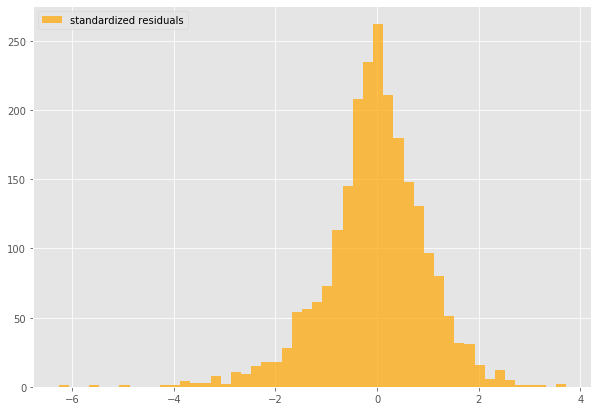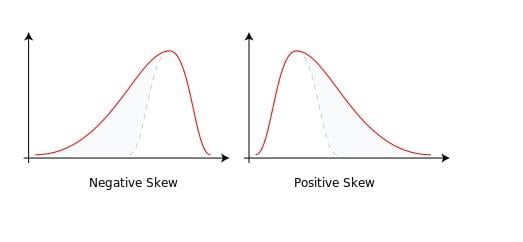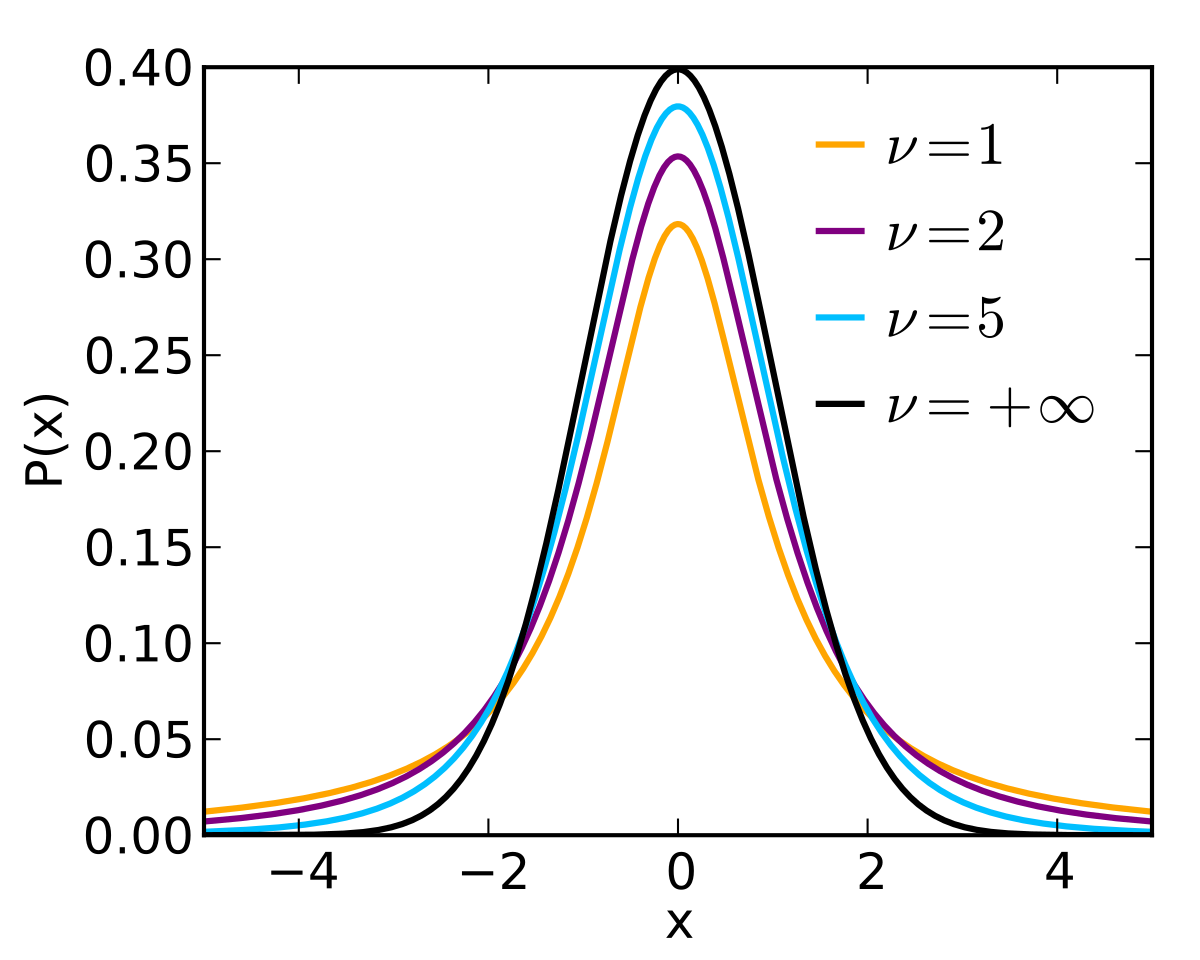Distribution assumptions
GARCH Models in Python

Chelsea Yang
Data Science Instructor
Why make assumptions
Volatility is not directly observable
GARCH model use residuals as volatility shocks $$ r_t = \mu_t + \epsilon_t $$
Volatility is related to the residuals: $$ \epsilon_t = \sigma_t * \zeta (WhiteNoise)$$
Standardized residuals
- Residual = predicted return - mean return $$ residuals = \epsilon_t = r_t - \mu_t $$
- Standardized residual = residual / return volatility $$ std\,Resid = \frac{\epsilon_t}{\sigma_t} $$
Residuals in GARCH
gm_std_resid = gm_result.resid / gm_result.conditional_volatility
plt.hist(gm_std_resid, facecolor = 'orange',label = 'standardized residuals')

Fat tails
- Higher probability to observe large (positive or negative) returns than under a normal distribution
Skewness
- Measure of asymmetry of a probability distribution

Student's t-distribution

$\nu$ parameter of a Student's t-distribution indicates its shape
GARCH with t-distribution
arch_model(my_data, p = 1, q = 1,
mean = 'constant', vol = 'GARCH',
dist = 't')
Distribution
========================================================================
coef std err t P>|t| 95.0% Conf. Int.
.-----------------------------------------------------------------------
nu 4.9249 0.507 9.709 2.768e-22 [ 3.931, 5.919]
========================================================================
GARCH with skewed t-distribution
arch_model(my_data, p = 1, q = 1,
mean = 'constant', vol = 'GARCH',
dist = 'skewt')
Distribution
===========================================================================
coef std err t P>|t| 95.0% Conf. Int.
.--------------------------------------------------------------------------
nu 5.2437 0.575 9.118 7.681e-20 [ 4.117, 6.371]
lambda -0.0822 2.541e-02 -3.235 1.216e-03 [ -0.132,-3.241e-02]
===========================================================================
Let's practice!
GARCH Models in Python


